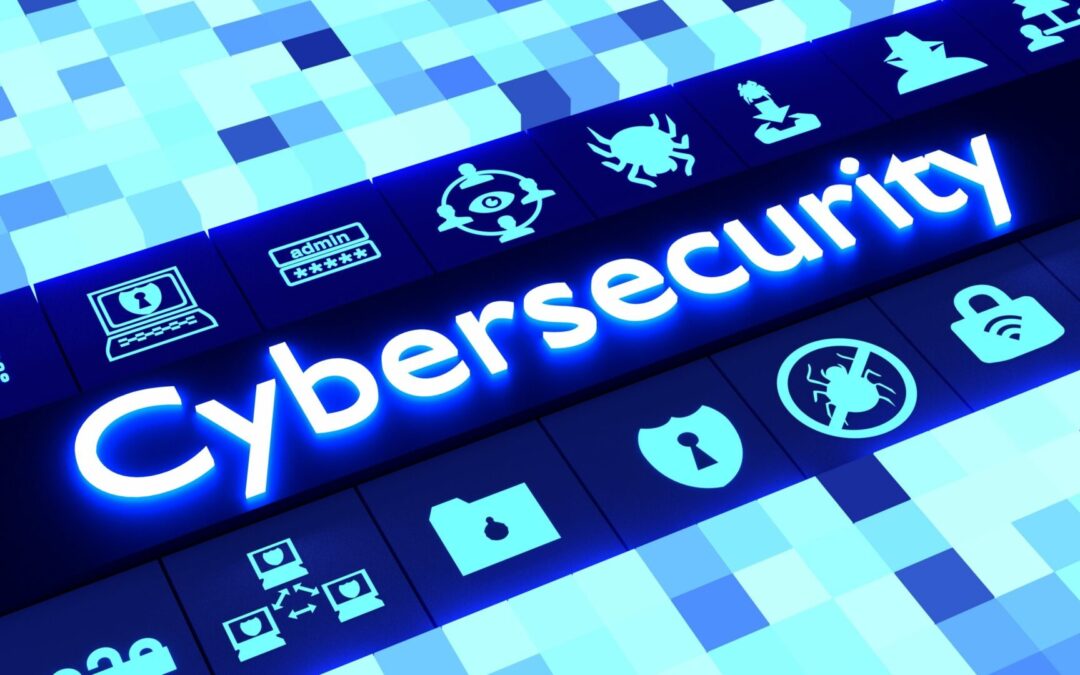what is Cybersecurity?
Cybersecurity refers to the practice of protecting computer systems, networks, data, and digital assets from various forms of cyber threats, attacks, and unauthorized access. It encompasses a wide range of technologies, processes, practices, and measures designed to ensure the confidentiality, integrity, and availability of digital information.
The primary goal of cybersecurity is to safeguard information and digital resources from:
- Cyberattacks: Deliberate and malicious attempts to breach or compromise computer systems, networks, or data. Examples include malware (viruses, worms, ransomware), phishing attacks, and denial-of-service (DoS) attacks.
- Data Breaches: Unauthorized access to sensitive data, leading to its theft or exposure. This could involve personal information, financial data, intellectual property, and more.
- Hacking: Unauthorized intrusion into computer systems, often with the intent to manipulate or steal data, disrupt operations, or gain control.
- Identity Theft: Unauthorized acquisition and misuse of personal information, often for financial gain.
- Espionage: Cyber activities conducted by governments, organizations, or individuals to gather intelligence or confidential information from others.
- Cyberterrorism: The use of cyber attacks to create fear, disrupt critical infrastructure, and cause chaos, often with political or ideological motives.
Key components and practices of cybersecurity include:
- Network Security: Implementing measures to protect networks from unauthorized access, attacks, and intrusions. This includes using firewalls, intrusion detection/prevention systems, and secure network configurations.
- Endpoint Security: Protecting individual devices (endpoints) such as computers, smartphones, and IoT devices. This involves using antivirus software, encryption, and device management solutions.
- Data Encryption: Converting sensitive data into a coded format to prevent unauthorized access. Encryption ensures that even if data is stolen, it remains unreadable without the appropriate decryption key.
- Access Control: Limiting and controlling user access to systems and data based on roles, responsibilities, and the principle of least privilege.
- Authentication and Authorization: Verifying the identity of users and granting them appropriate access permissions based on their roles and responsibilities.
- Security Awareness Training: Educating employees and users about cybersecurity best practices to help prevent social engineering attacks like phishing.
- Incident Response and Recovery: Developing strategies and plans to respond to and recover from cybersecurity incidents, minimizing damage and downtime.
- Vulnerability Management: Identifying and addressing vulnerabilities in software, systems, and networks before they can be exploited by attackers.
- Penetration Testing: Ethical hacking conducted to identify weaknesses in a system’s security, helping organizations proactively address vulnerabilities.
- Security Policies and Procedures: Establishing clear guidelines, protocols, and practices to ensure consistent and effective cybersecurity measures across an organization.
Given the growing reliance on digital systems and the increasing sophistication of cyber threats, cybersecurity has become a critical concern for individuals, businesses, governments, and organizations of all sizes. It’s a constantly evolving field that requires continuous learning and adaptation to stay ahead of emerging threats and vulnerabilities.

